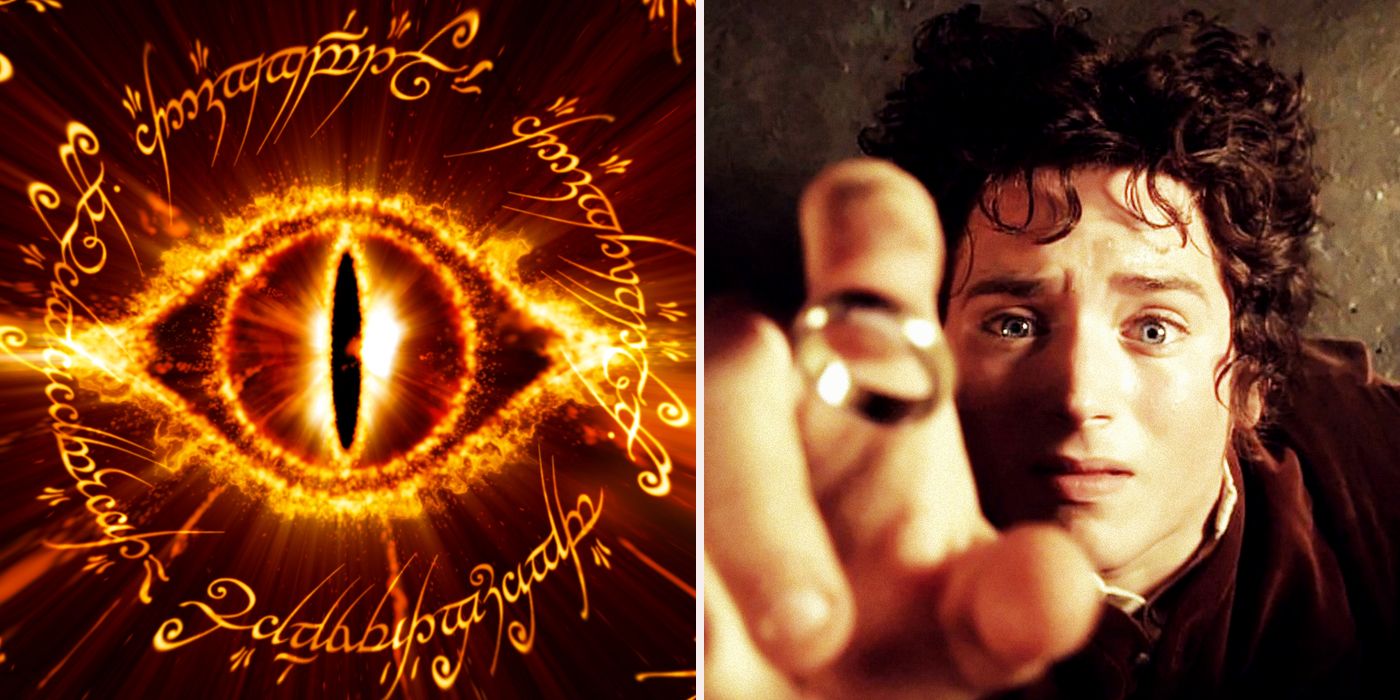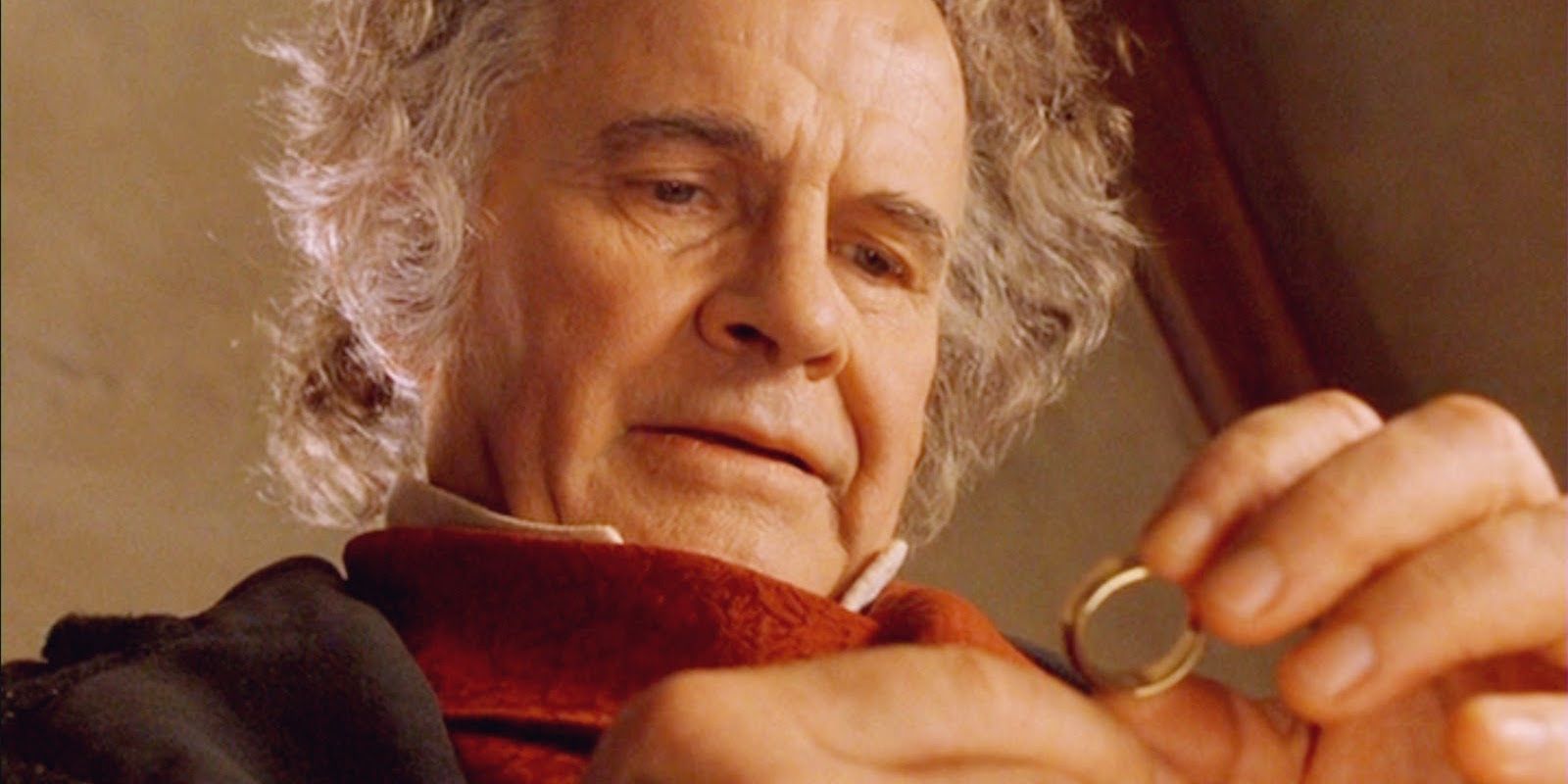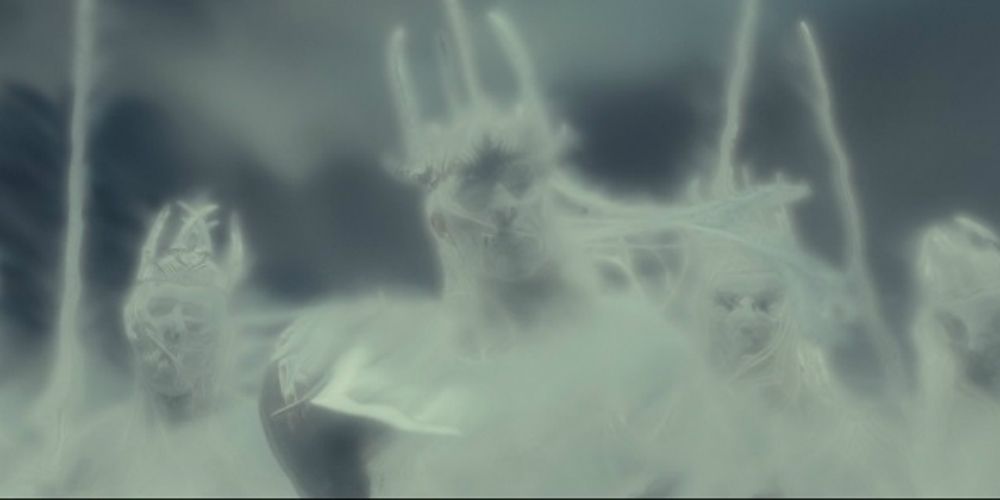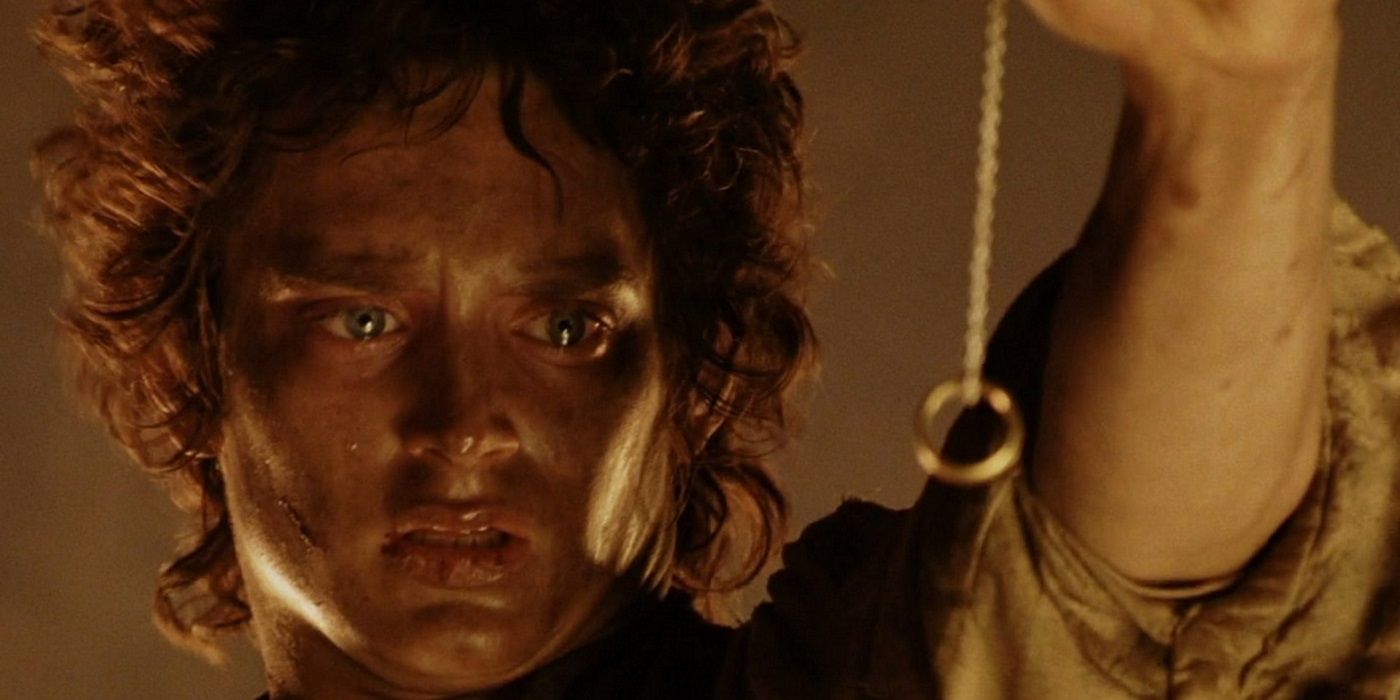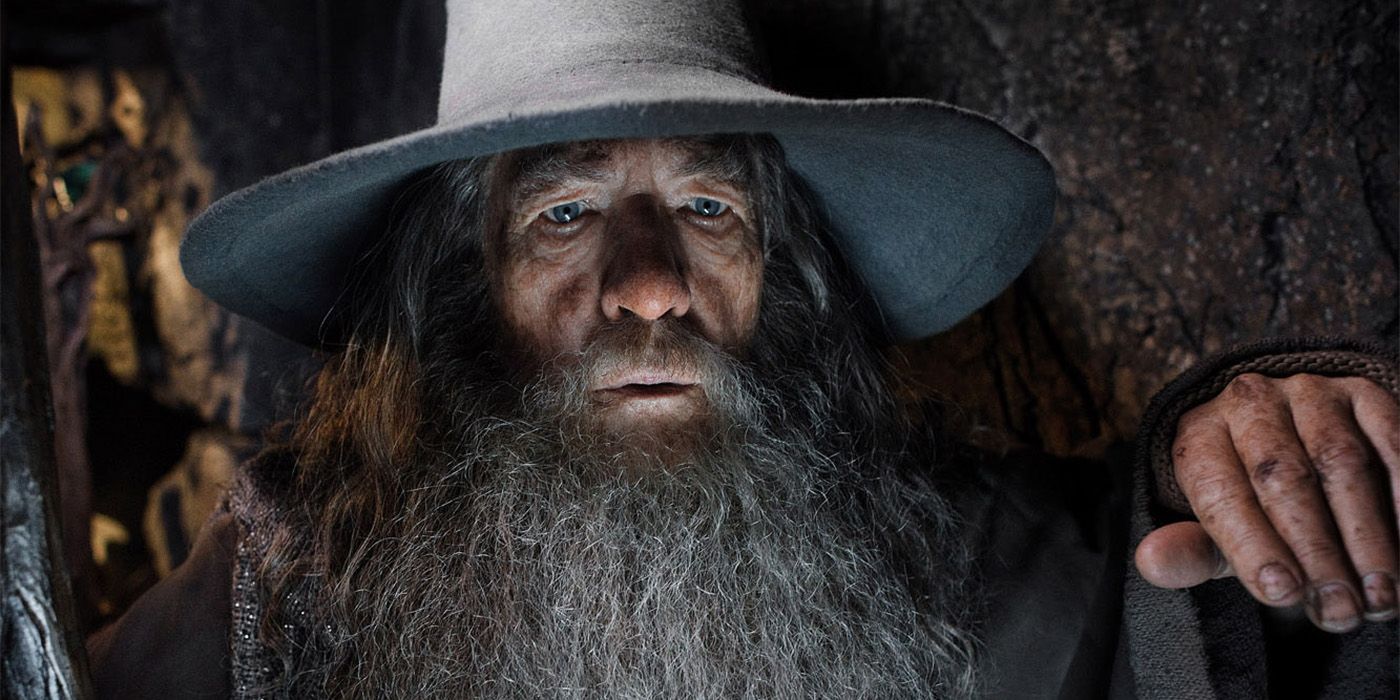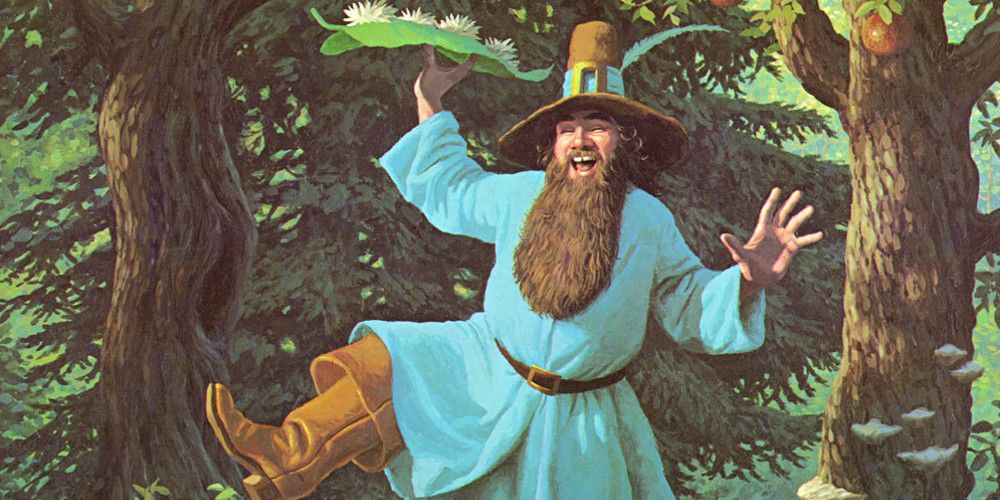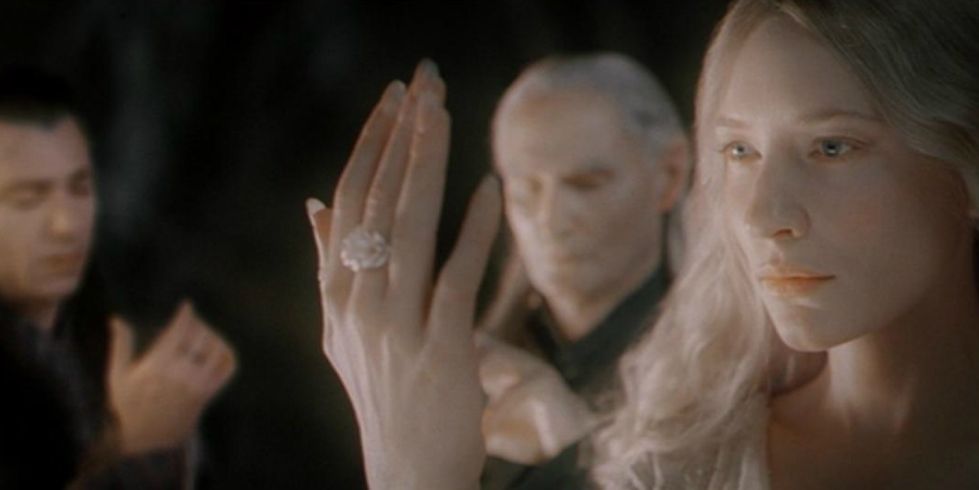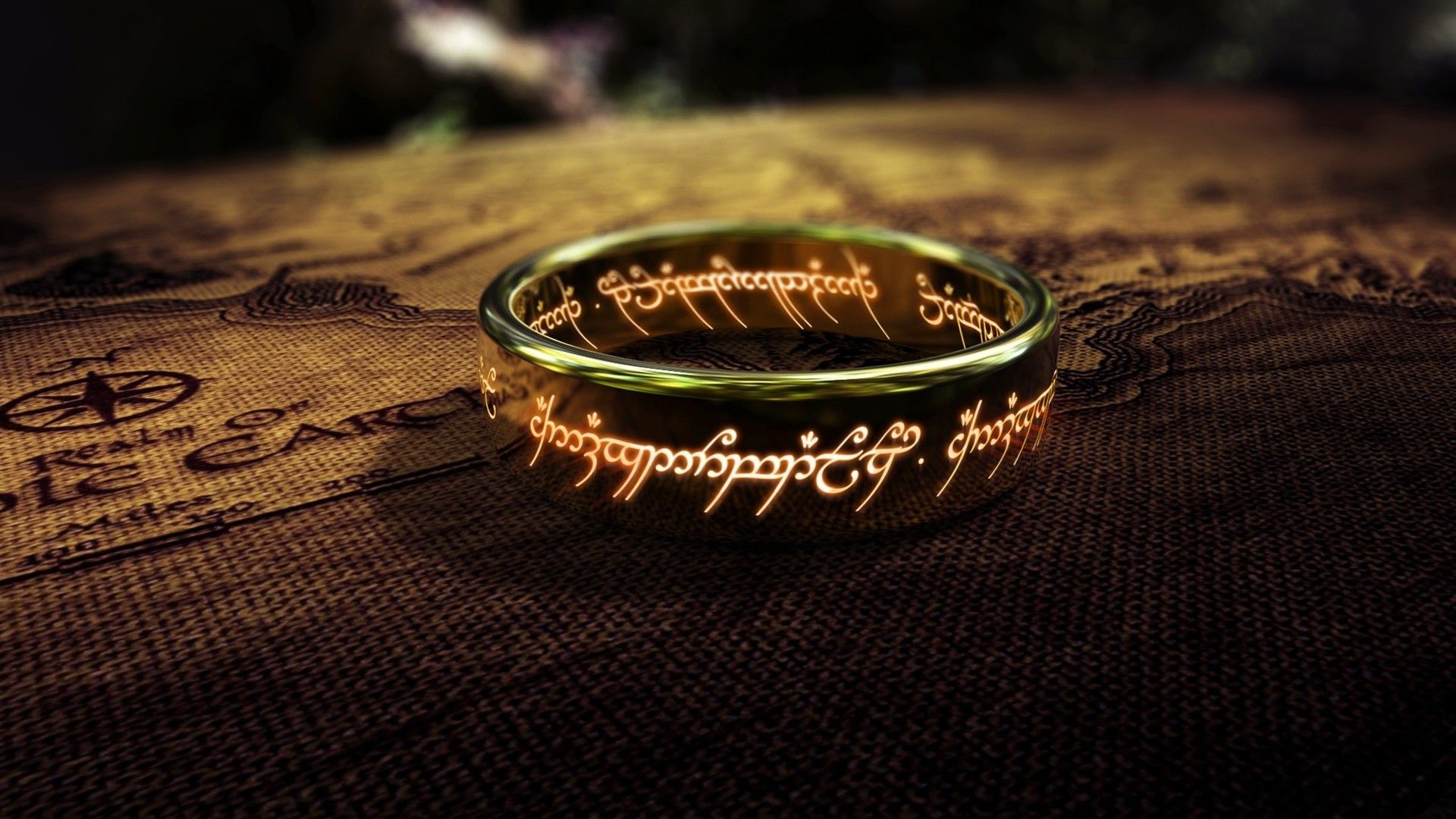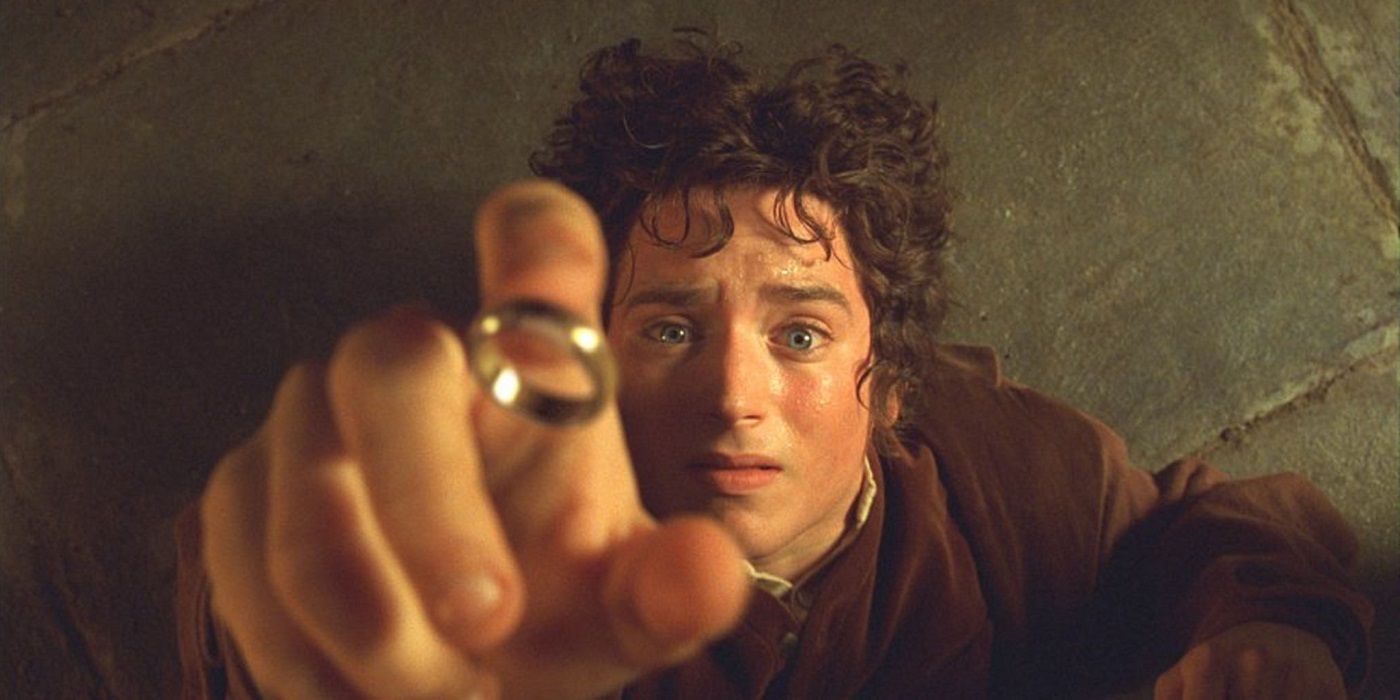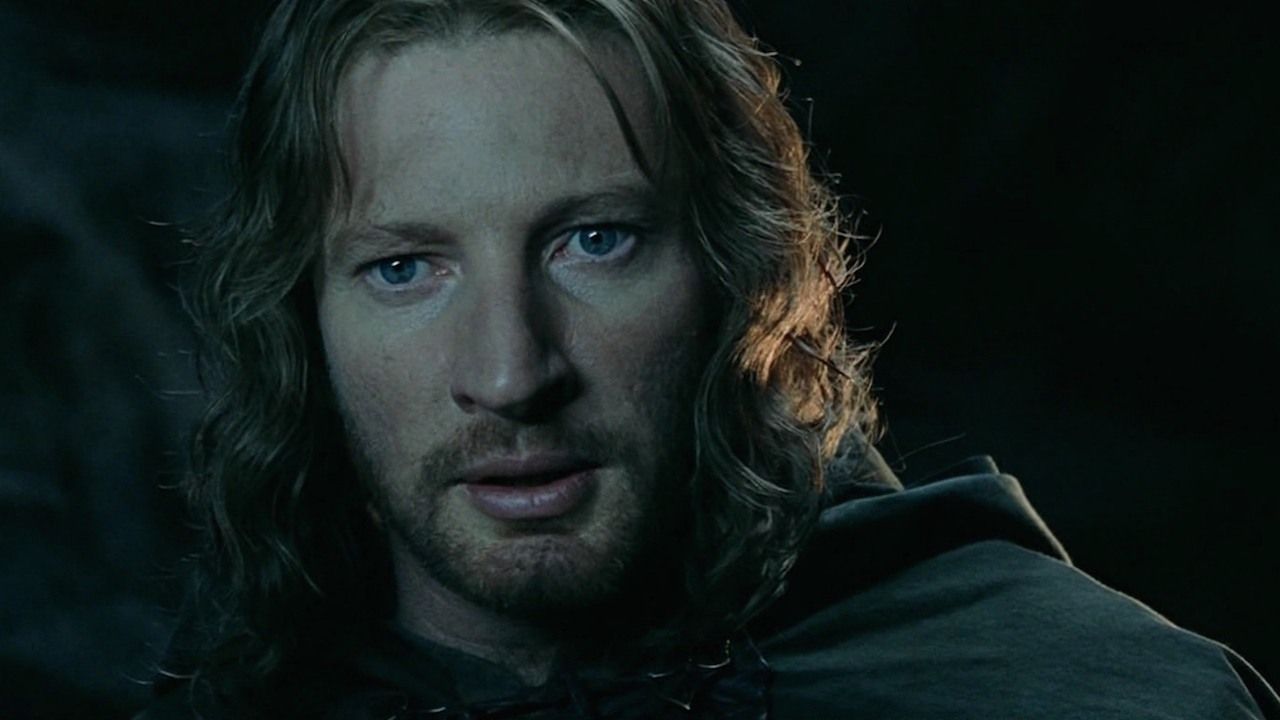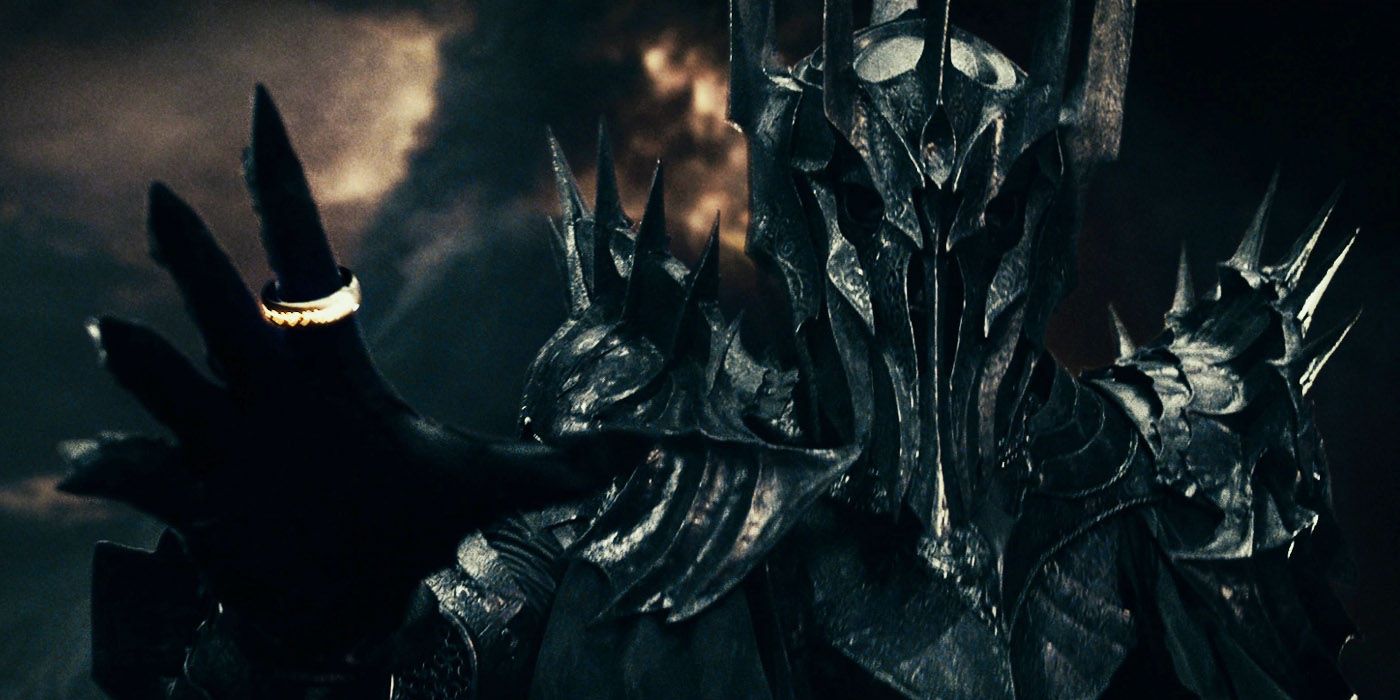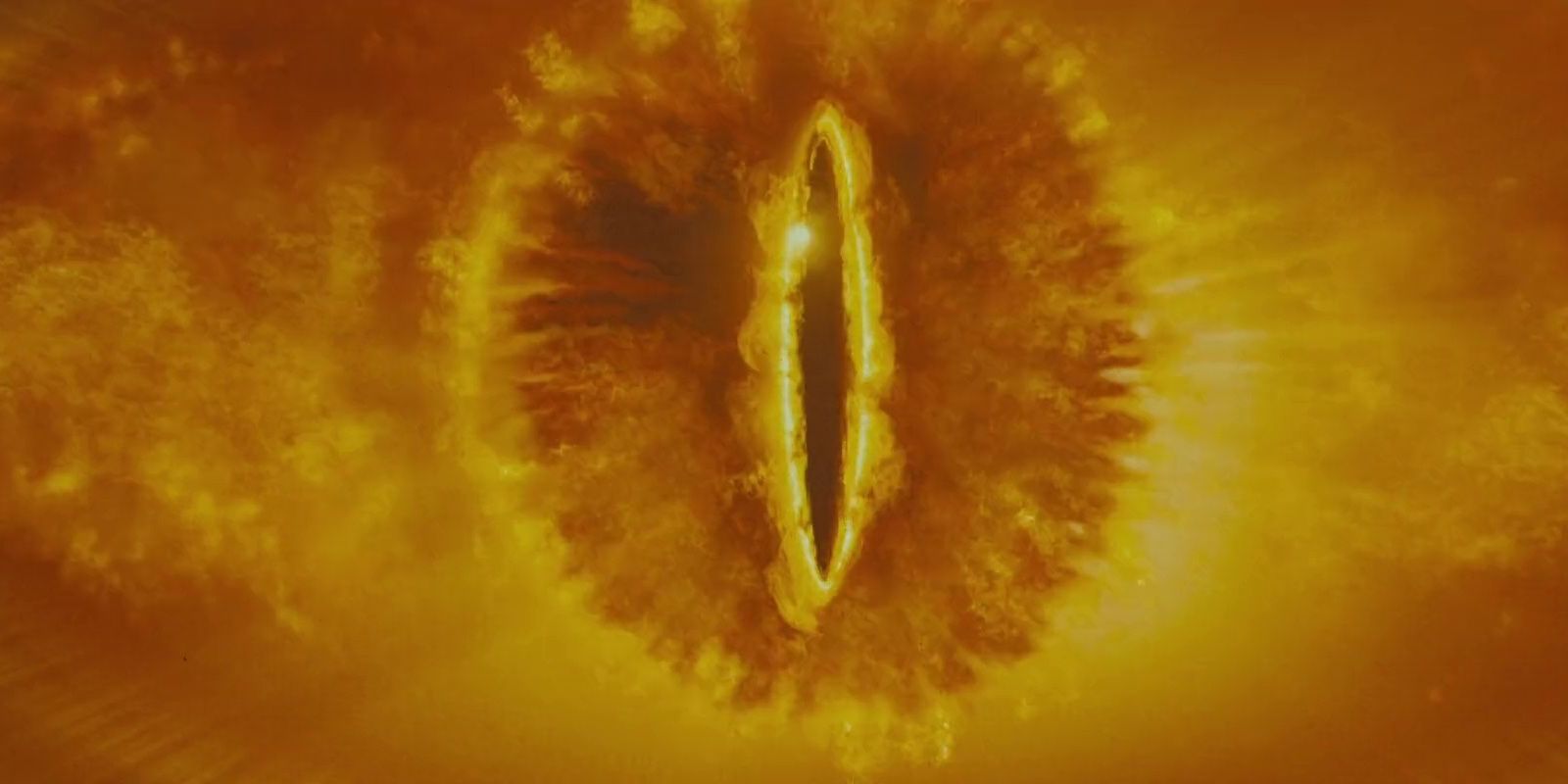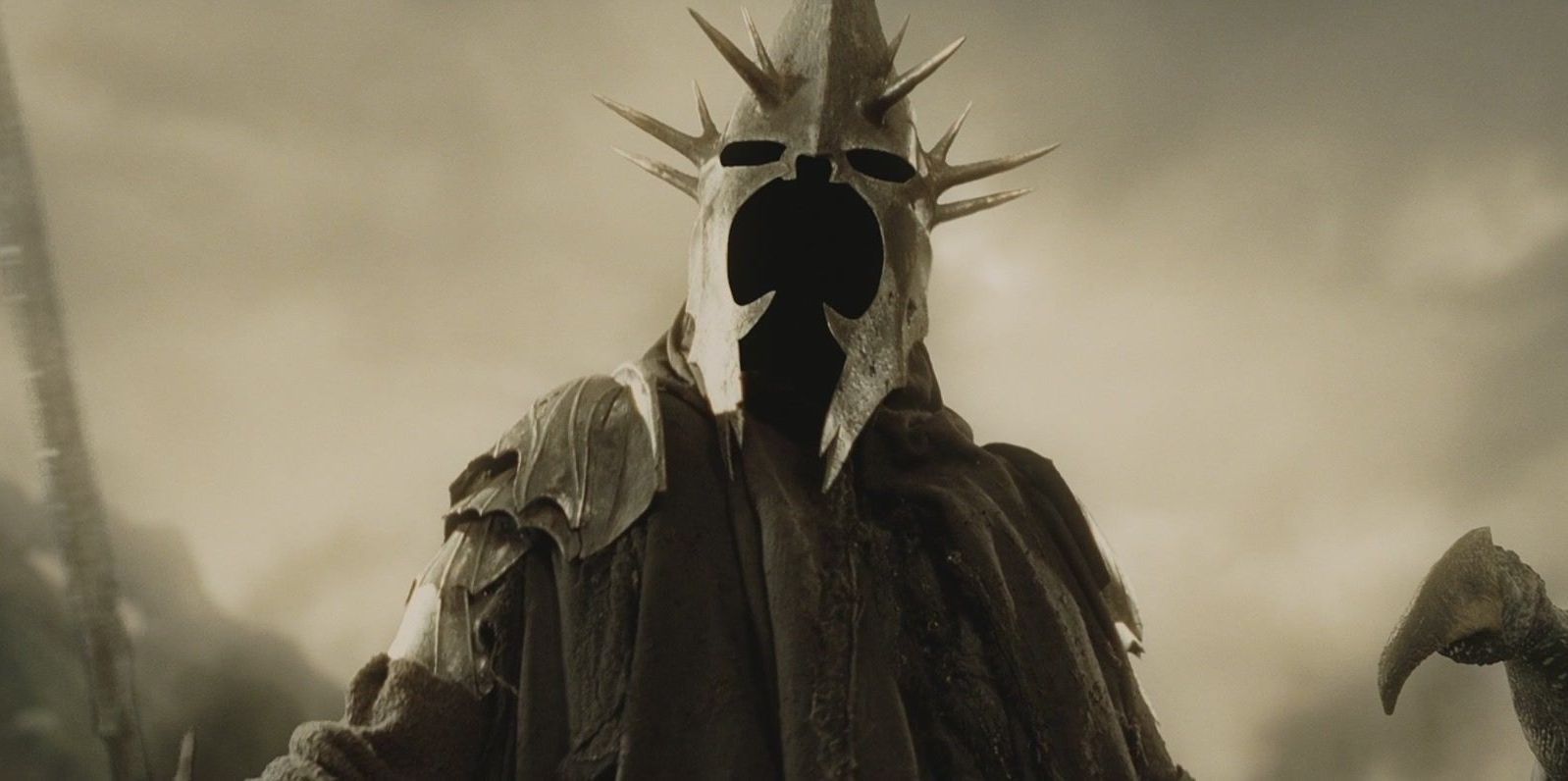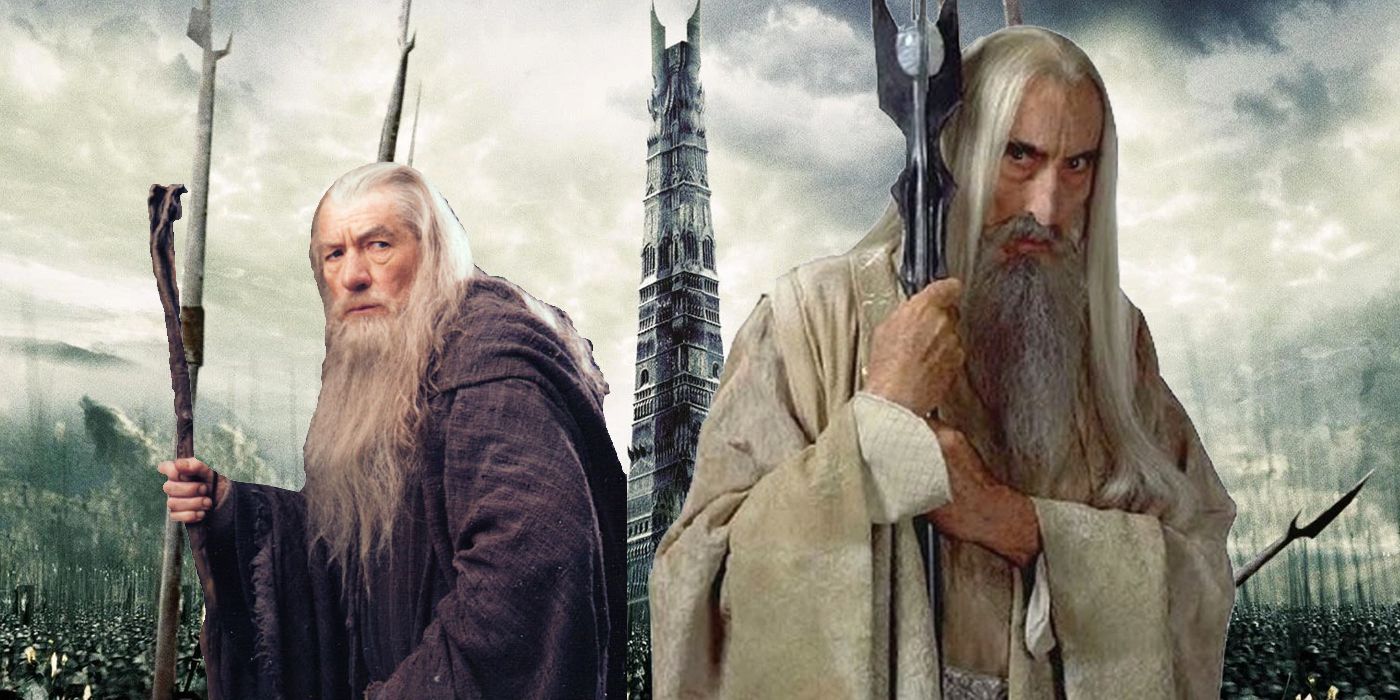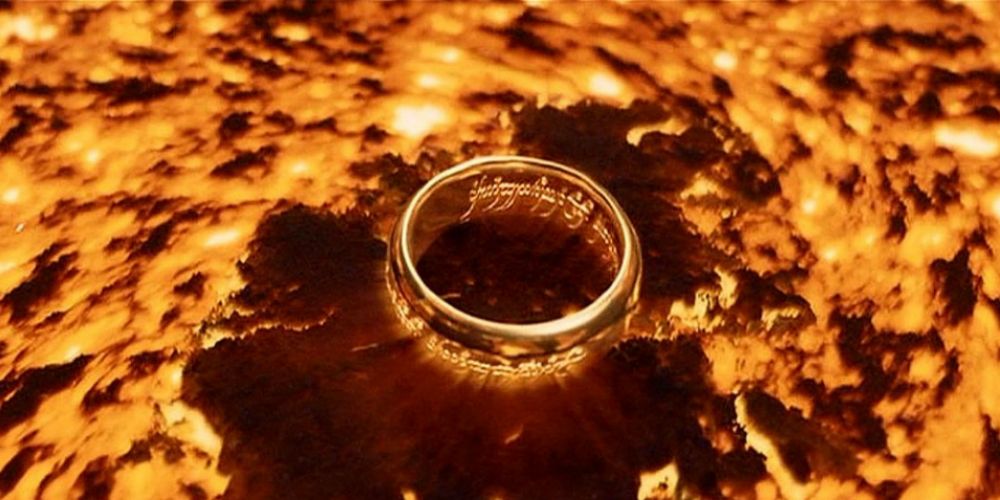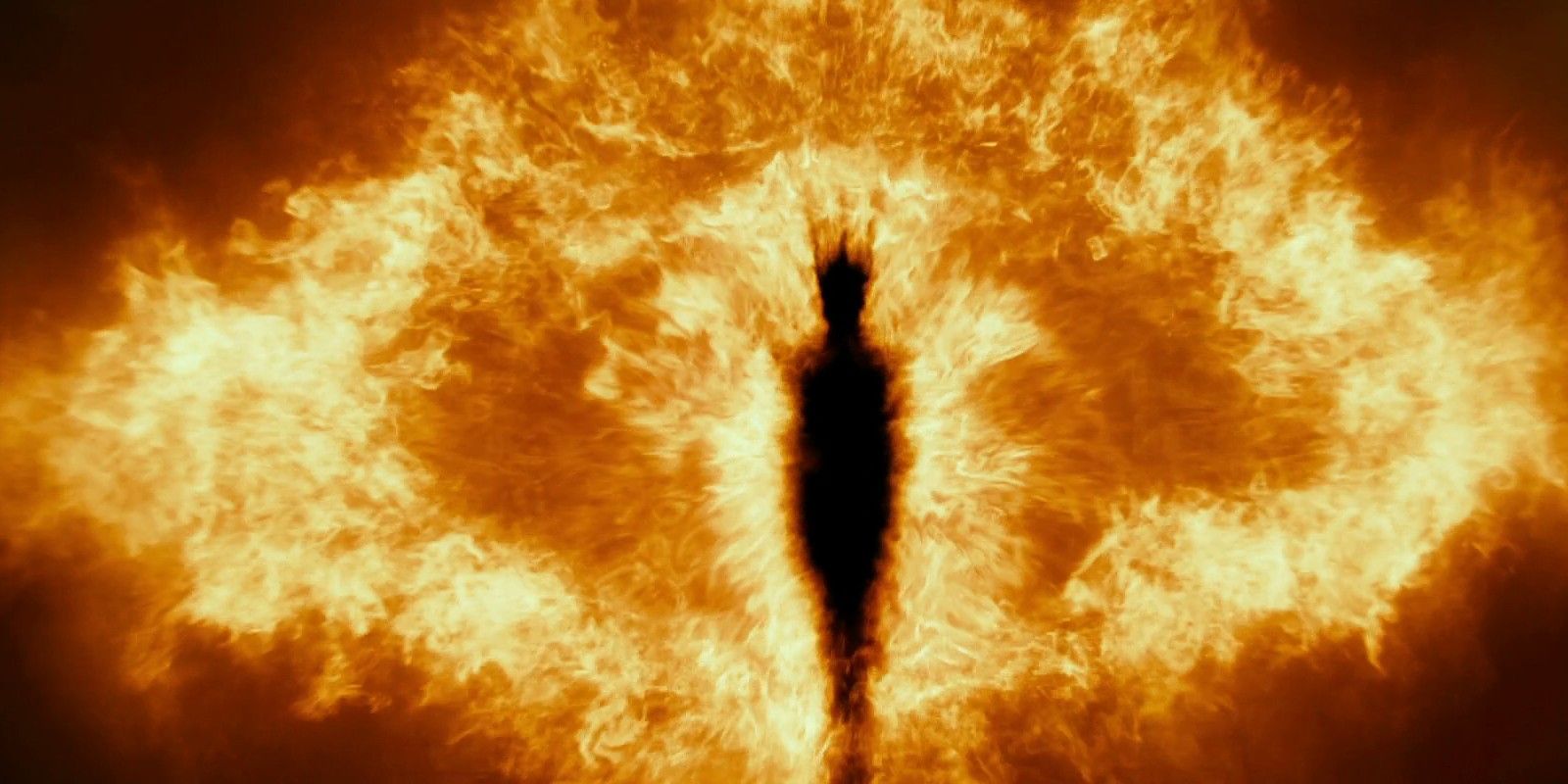For such an unremarkable looking thing, the One Ring has caused a lot of suffering across Middle-Earth and throughout The Lord of the Rings series, ruining and ending the lives of countless people. As Boromir tells Frodo in The Fellowship of the Ring: “is it not a strange fate that we should suffer so much fear and doubt for so small a thing?”
The One Ring to rule them all has a long history. Its life spanned over 4,000 years, and during that time it came into the possession of several Ringbearers, in addition to its maker, Sauron. Interestingly enough, although Sauron possessed the Ring for nearly 2,000 years, the Ring spent most of its time-- over 2,000 years-- on its own, lost until it was picked up by Déagol, who swiftly lost the Ring and his life to Sméagol.
Much has been written about the Ring’s symbolism – does it represent greed? The evils of industrialism? The Atom bomb? We’ll leave the literary analysis to the scholars and instead focus on some of the interesting facts about the Ring that we’ve learned through J. R. R. Tolkien’s various works and Peter Jackson’s adaptations of his novels.
Here are the 15 Things You Didn’t Know About The Lord Of The Ring's One Ring.
Gandalf Never Realized That Bilbo Had It
Although Gandalf is made aware of the fact that Bilbo has a magical ring in The Hobbit, it isn’t until much later that he realizes this ring is actually the One Ring. Sauron’s Ring was lost for thousands of years, and since there were many magical rings in Middle-Earth, Gandalf has no reason to think that his friend Bilbo had somehow stumbled across the One Ring.
It isn’t until Bilbo, with much difficulty, leaves the Ring to Frodo that Gandalf begins to suspect that Bilbo’s ring might be the Ring of Power. After Biblo’s eleventy-first birthday, Gandalf left the Ring in Frodo’s care and, acting on his suspicions, conducted research to determine whether Frodo’s ring was truly the One Ring.
It Doesn’t Really Make People Invisible
The One Ring doesn’t really turn the beings who wear it invisible – it transports them to the wraith-world, also known as the Unseen World. This was a realm that existed parallel to the Seen World and was occupied by objects and beings with strong ties to certain magic, like the Ringwraiths.
In the films, when Frodo is slipping into the wraith-world and he first sees Arwen, it’s assumed that he is seeing her Unseen form, as her form appears different to Aragorn and the others who are occupying the Seen World. At Rivendell, Gandalf tells Frodo that some beings can live in both worlds at the same time.
That said, during The Hobbit, before the Ring even came to be known as the One Ring, its only real power was that it could turn its wearer invisible. Tolkien wrote The Hobbit before he even conceptualized the Lord of the Rings, so upon its initial creation, the One Ring was just another run-of-the mill magical ring. It wasn’t until The Lord of the Rings began taking shape that Tolkien started to give the One Ring its epic backstory.
An All-Powerful Being Helped Frodo Destroy It
In one of Tolkien’s many letters, he implies that some other force takes over and essentially helps destroy the Ring. According to the letter, “Frodo deserved all honour [of destroying the Ring] because he spent every drop of his power of will and body, and that was just sufficient to bring him to the destined point, and no further. Few others, possibly no others of his time, would have got so far. The Other Power then took over: the Writer of the Story (by which I do not mean myself), 'that one ever-present Person who is never absent and never named' (as one critic has said).”
Many fans believe that this Other Power is Eru Ilúvatar, the being who created Arda and everything in it. Essentially, it’s believed that Eru nudged Gollum, causing him and the Ring fall into the fires of Mount Doom, which is what ultimately destroyed the Ring.
Tolkien Said That If Gandalf Wore The Ring, He’d Be Worse Than Sauron
Although Galadriel doesn’t get a lot of face time in the books or the movies, she makes a strong impression, especially when she gives Frodo a glimpse of what she could become if she were to take the One Ring. It’s beautiful and terrifying and makes you wonder what Middle-Earth would look like under Galadriel’s rule.
Although we don’t see what Gandalf might have become if he were to take the Ring, in one of his letters, Tolkien wrote that Gandalf would have been worse than Sauron.
He wrote, “Gandalf as Ring-Lord would have been far worse than Sauron. He would have remained 'righteous,' but self-righteous. He would have continued to rule and order things for 'good,' and the benefit of his subjects according to his wisdom.” We can only imagine what fresh hell Gandalf’s rule would have created.
Some Beings Are Completely Unaffected By It
Time and time again in the Lord of the Rings, we see Frodo offer the Ring to beings he considers to be wiser, more powerful, and all around more capable of dealing with the Ring than him. He offers the Ring to Gandalf, Aragorn, and Galadriel, and each of them refuse Frodo’s offer, knowing that, even with their good intentions, the Ring would eventually corrupt them.
However, there are beings who would presumably be entirely unaffected by the Ring. This list would include anyone who was more powerful than Sauron, like Eru Ilúvatar and the Valar. The one being who bore the Ring and appeared to be completely unaffected by it was Tom Bombadil, a character who’s introduced early on in Fellowship of the Ring, and is never heard from again.
Bombadil, whose origins and true identity are unknown, handles the Ring like it’s a Cracker Jack prize, performing cheap parlor tricks with it, only to toss it back to Frodo with little care.
The One Ring Cannot Control The Elven Rings
Some believe that all the Rings of Power were created by Sauron, but that is not the case. Sauron appeared to the Elves of Eregion as Annatar, a seemingly kind and beautiful being who shared with the Elves his extensive knowledge on arts and magic.
He helped Celebrimbor, a renowned smith in Eregion, craft many of the Rings of Power. Sauron had a hand in creating these rings, so the bond between them and the One Ring was strong. However, Celebrimbor forged the three Elven Rings of Power in secret.
Since he did use Sauron’s basic blueprints to create these rings, they were not linked to the One Ring. The beings entrusted with these rings kept them hidden until Isildur defeated Sauron and claimed the Ring. Only when Sauron lost the Ring were they able to use the Elven Rings without fear of being laid open to Sauron’s influence.
The Ring’s Inscription Comes From A Longer Poem
The text on the One Ring reads, “One Ring to rule them all, One Ring to find them, One Ring to bring them all and in the darkness bind them.” Upon creating the Ring, Sauron spoke these words aloud, and all the other Ringbearers were made aware of his existence and his treachery.
They’re two lines from a longer poem which reads: "Three Rings for the Elven-kings under the sky, Seven for the Dwarf-lords in their halls of stone, Nine for Mortal Men doomed to die, One for the Dark Lord on his dark throne In the Land of Mordor where the Shadows lie. One Ring to rule them all, One Ring to find them, One Ring to bring them all and in the darkness bind them In the Land of Mordor where the Shadows lie.”
The poem essentially tells the story of the creation of the Rings of Power, and it explains the extent of the One Ring’s power.
The Ring Is Magnetic
Early on in The Fellowship of the Ring, Bilbo leaves the Ring at Bag End. In the book, he already has the ring in an envelope that he wants to place on the mantelpiece, but he accidentally drops it.
In Peter Jackson’s adaptation of the scene, Bilbo drops the ring - sans envelope - and it falls to the floor with a heavy thud, not bouncing around like any small piece of jewelry would.
According to one of the commentary tracks on the Fellowship of the Ring DVDs, the ring doesn’t skitter across the floor of Bag End because the production crew placed a magnet beneath the floor to make the ring cling to it. This device was an effective way to show the audience just how heavy the ring is (both literally and figuratively) and what a weight it is to carry.
Faramir Was Never Tempted By The Ring
Fans of the books are already aware of this one, but movie fans might be surprised to learn that, in the books, Faramir isn’t tempted by the Ring at all. In The Two Towers, he tells Frodo, “I would not take this thing, if it lay by the highway. Not were Minas Tirith falling in ruin and I alone could save her, so, using the weapon of the Dark Lord for her good and my glory.”
However, in the films, Peter Jackson and company decided that it would be more dramatic to have Faramir tempted by the Ring, only to let it go later after hearing Sam’s speech about there being some good in the world worth fighting for.
Indeed, it makes for a more climactic ending to the second film, but some fans called and still continue to call foul on that particular change.
The Ring Is Basically A Horcrux
The Ring very much operates like Voldemort’s Horcruxes in Harry Potter. Like Voldemort, Sauron poured part of himself into an object – the One Ring. As Gandalf tells Frodo before he sets out on his quest from Bag End, “[Sauron] made that Ring himself, it is his, and he let a great part of his own former power pass into it.”
While Sauron isn’t placing his soul into the Ring (assuming he has one), according to the Silmarillion, he places much of his “strength and will” into the Ring. Like Voldemort’s Horcruxes, those who come into contact with the Ring end up suffering.
For example, Slytherin’s locket preyed on Ron’s fears and made him doubt his self-worth and his friends’ loyalty. Similarly, the Ring caused those who bore it to become increasingly paranoid and distrustful of those around them.
The Ring Has A Voice
One of the many memorable musical themes in Peter Jackson’s adaptation of Lord of the Rings is that of the One Ring. The theme is used anytime the Ring succeeds in sowing discontent amongst the characters or when it makes progress towards it its ultimate goal of getting back to Sauron.
In addition to this musical cue, Sauron speaks to certain characters through the Ring. On several occasions, we hear Sauron chanting parts of the Ring’s inscription in Black Speech. One of the most notable moments is when those gathered at the Council of Elrond begin to bicker over the fate of the Ring.
As their hostility towards one another grows, the Ring’s chanting becomes louder and louder. Later on in the Fellowship of the Ring, when Frodo offers the Ring to Aragorn, it speaks again, calling Aragorn’s name.
The Ring Changes Its Size To Fit Its Current Bearer
This seems obvious, but there has been some confusion about how the Ring managed to fit Sauron’s gauntleted finger, but also Isildur’s, Gollum’s, Bilbo’s, Tom's, Frodo’s, and (in the books) Sam’s finger.
In the Fellowship of the Ring, Gandalf tells Frodo how Bilbo once told him that the Ring “did not seem always of the same size or weight; it shrank or expanded in an odd way, and might suddenly slip off a finger where it had been tight.”
The Ring’s ultimate goal is to find its way back to its true owner, Sauron. When it sees an opportunity to get closer to Sauron, it acts. It abandons Gollum, it betrays Isildur, so it makes sense that it would change its size to accommodate its current keeper.
Many Believe Tolkien Got His Inspiration For The Ring From A Wagner Opera
Some Tolkien fans and scholars believe that Tolkien got his inspiration for the One Ring from a group of operas by Richard Wagner called The Ring of the Nibelung. The opera cycle is about an ongoing struggle to obtain a magic ring that grants its bearer the power to rule the world – a ring that is destroyed through fire and by being thrown back from whence it came.
There are a number of other parallels between the two stories, including a wizard-type character who mentors a hero who becomes a great leader, as well as gold, self-sacrifice, and all that meaty fantasy stuff. Tolkien was adamant that he had not borrowed any of his ideas from Wagner, including the origin for the Ring, saying, “both rings were round, and there the resemblance ceases."
Many take Tolkien at his word, especially since the opera is based on an old Norse legend which is more likely to be the source of inspiration for the Old English scholar.
The Ring Is Made Of Gold
Even though the ring looks like gold, there’s some debate over what the ring is actually made of. However, the History of Middle Earth, a series of twelve books filled with Tolkien’s notes and previously unpublished manuscripts related to Middle Earth, seems to clarify the matter.
In its tenth volume titled Morgoth’s Ring, one passage implies that Sauron crafted the Ring using gold since that was the metal that Sauron’s former master, Morgoth, chose to use to disperse his own power. The passage states, “Sauron's power was not (for example) in gold as such, but in a particular form or shape made of a particular portion of total gold.”
The section goes on to say that gold seemed to have a “specially ‘evil’ trend,” unlike silver, which was frequently used by Elves and other virtuous beings – there being exceptions, of course.
Sauron Doesn’t Actually Die When The Ring Is Destroyed
While Sauron is destroyed when the Ring is destroyed, he doesn’t exactly die. In the Return of the King, Gandalf tells Aragorn and company that, if they manage to destroy the One Ring, then Sauron “will lose the best part of the strength that was native to him in his beginning, and all that was made or begun with that power will crumble, and he will be maimed for ever, becoming a mere spirit of malice that gnaws itself in the shadows, but cannot again grow or take shape.”
Essentially, although the Ring is destroyed, a very small part of Sauron will endure. However, since Sauron poured so much of himself into the Ring, not enough of him remains to pose an actual threat. He basically becomes a pitiful ball of hatred and angst.
---
Can you think of any other interesting facts or trivia about The Lord of the Ring's One Ring? Let us know in the comments section!

